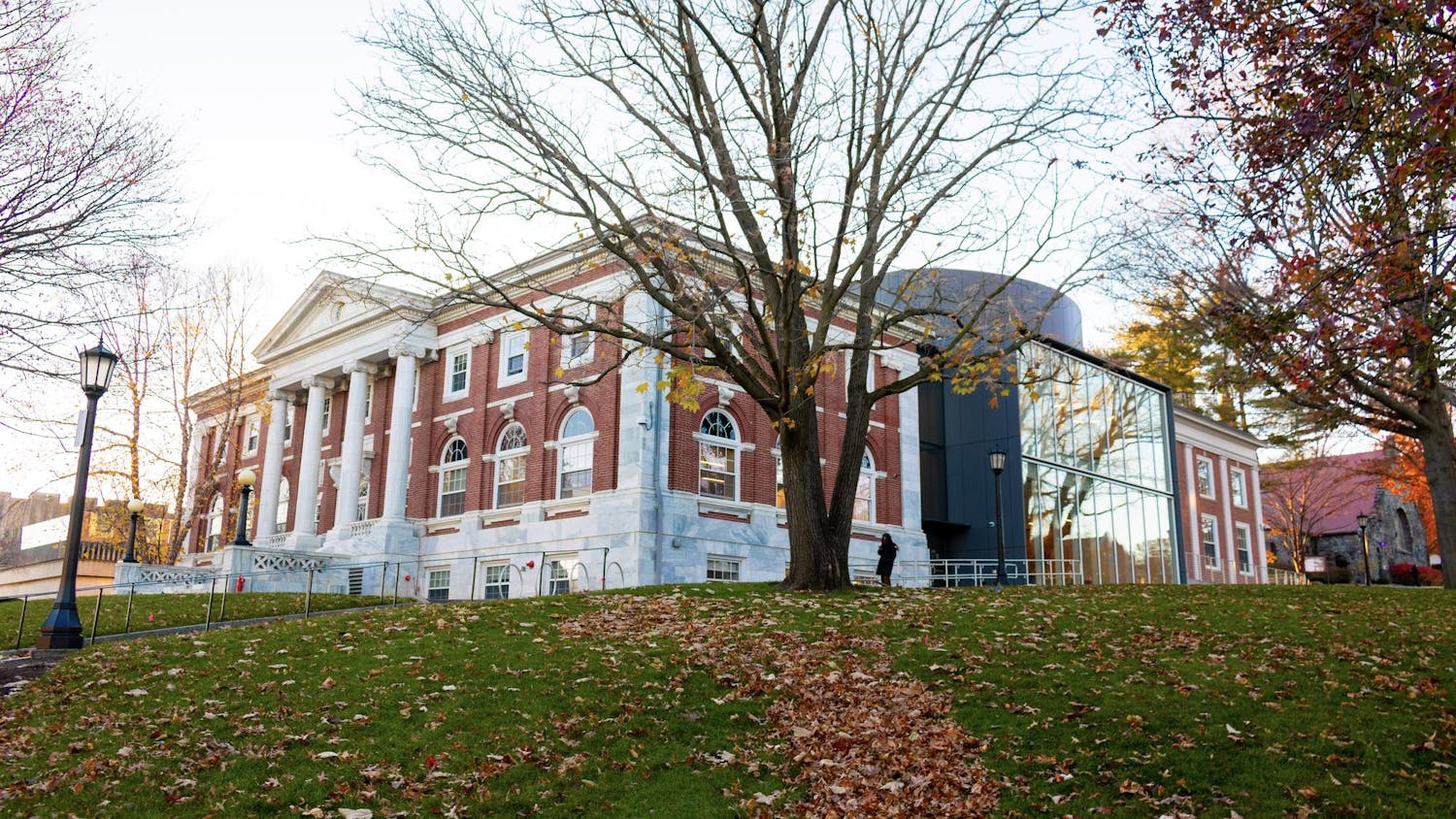With the planet warming, global conflict in the near future is unavoidable as resource scarcity, loss of land and extreme weather events push people to act in rational but violent ways. To limit the severity of these conflicts, we must begin making radical changes to the way we do almost everything.
One interesting example of such change is a new material used for construction which is carbon negative when produced and used. This material is hemp concrete, commonly known as hempcrete, and is made using hemp and limestone. Hemp can also be used to make insulation. However, hempcrete has natural insulating properties that prevent heat loss and thus are energy efficient. The fascinating aspect of this material is how it functions over the course of its lifespan. Once a wall made using hempcrete is built, it draws carbon dioxide from the air, effectively neutralizing it. This means that both its production, the growing of hemp and its use over the course of its whole life are carbon negative processes. Speaking of its entire life, hempcrete has an estimated life span of more than 100 years, which means it produces less physical waste over time.
Although hempcrete does not have load-bearing capabilities, it is an ideal building material for things like houses, which do not need to support as much weight as heavy-duty buildings. Even in other buildings, however, hemp is still effective as an option for insulation, and both the insulation and the hempcrete have the special aspects of being moisture and termite resistant. During the growth of hemp, the plant does not require herbicide or pesticides to be grown effectively, and it requires very little water, so it grows in a wide variety of locations. Lastly, it should be clarified that industrial hemp has almost no THC, the psychoactive drug in the leaves of the hemp plant, and thus can't be used to get high.
Now, hopefully, all of this sounds great to you: a natural, carbon negative, insulating construction material that can be grown all over at a low cost. What is there that’s not to like? Unfortunately up until very recently, marijuana and hemp were illegal due to their classification in the cannabis family. However, as of December, the 2018 farm bill legalized the growth of hemp for the first time since 1970, on the condition that people with former drug related felony convictions would be prohibited from engaging with this new industry on any condition. This condition indicates that there is still a significant amount of work necessary to remove the stigma around hemp and its products, which will likely slow its much-needed implementation in construction in the near future. This means that modern-day environmental activists can take some time in their busy schedules to raise awareness about the facts of industrial hemp and its role in building a more sustainable future that is not just carbon neutral, but actually carbon negative.
More from The Tufts Daily
Editorial: Letter to the Hill
By
The Editorial Board
| December 8
Are the Oscars really merit-based?
By
Jachin Lam
| December 8





